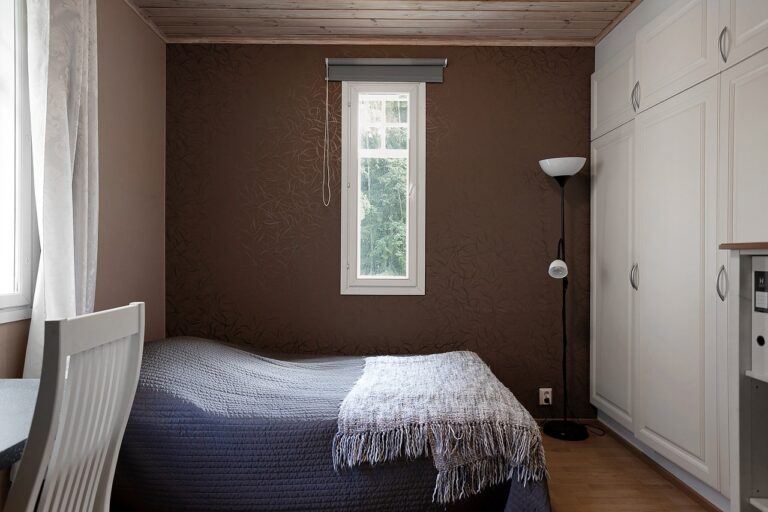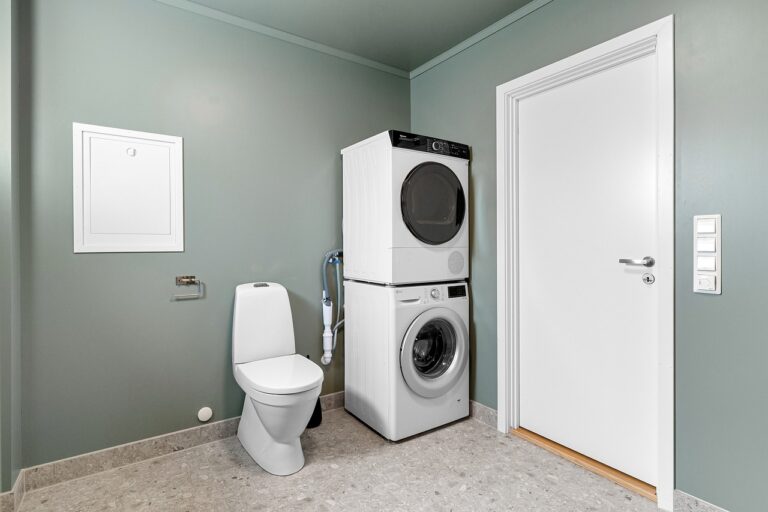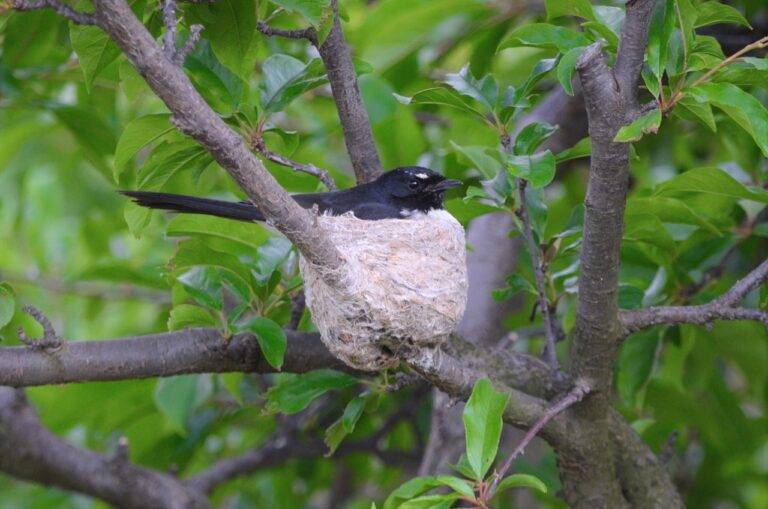DIY Tips for Building a Compost Bin: Turning Kitchen Scraps into Garden Gold
Selecting the right location for your compost bin is crucial for its effectiveness. The first step is to choose a spot that receives a good amount of sunlight throughout the day. Sunlight helps speed up the decomposition process and keeps the compost pile active. Additionally, make sure the location is easily accessible for adding kitchen scraps and turning the compost.
In addition to sunlight, it’s essential to place the compost bin on a level surface. This helps with proper drainage and aeration, ensuring that the compost remains moist but not waterlogged. Avoid placing the bin directly on concrete or asphalt, as these materials can hinder the natural processes of composting. Instead, opt for a location on soil or grass for better airflow and microbial activity.
Choosing the Best Materials for Your Compost Bin
When considering the materials for your compost bin, it is essential to prioritize durability and breathability. Opt for materials that are sturdy and able to withstand the outdoor elements, such as wood, metal, or sturdy plastic. These materials will ensure that your compost bin lasts for years to come, providing you with a reliable system for composting organic waste.
Another crucial aspect to consider when choosing materials for your compost bin is air circulation. Good airflow is essential for the decomposition process to occur efficiently. Select materials that allow for ventilation, such as wooden slats, wire mesh, or porous plastic. This will help promote a healthy compost pile by preventing it from becoming too compact and stagnant.
Building a Strong and Durable Compost Bin Structure
When constructing a compost bin, it is essential to prioritize strength and durability. The structure needs to withstand the weight of the compost materials as well as any external elements like wind or rain. Opting for sturdy materials like pressure-treated wood, concrete blocks, or metal sheets can ensure the longevity of your compost bin.
Additionally, consider the design of the compost bin to enhance its durability. A simple yet robust structure that allows for proper aeration and drainage is key to successful composting. Avoid overly elaborate designs that may compromise the functionality and strength of the bin in the long run.







